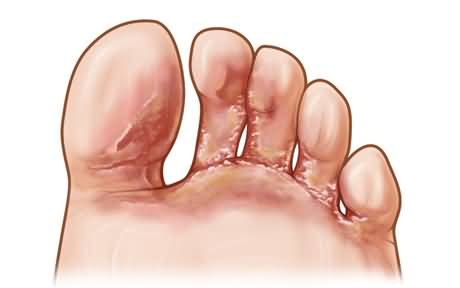Humanity is in constant search of the source of eternal youth. In this regard, great attention is paid to regeneration processes, since it is the ability to self-heal that gives us the opportunity to maintain health and beauty for as long as possible.
In order to achieve rapid healing of wounds, it is necessary to take into account a huge number of factors influencing this process. And recent data show that the negative role of the microbiome in self-healing processes has been underestimated. Read on estet-portal.com how fungal flora can influence wound healing.
Why does the microbiome prevent wounds from healing faster
Wound healing – this is a topic that is still full of gaps. Previously, it was believed that in order to achieve rapid wound regeneration, it is necessary to get rid of the effects of bacterial microflora. This is what all leading clinics are still striving for, using antibiotic therapy without exception.
However, recent studies show that it is not only bacteria that prevent the rapid healing of wounds. The fungal microflora can have an even more aggressive effect than the bacterial one, and delay the healing process for quite a long time.
Skin health and the role of the microbiome in preventing skin aging
Bacteria or fungi: which is worse for wound healing
Recent research indicates that fungal flora is present in almost every wound. And if earlier this fact did not bother specialists much, now the problem is becoming more and more urgent.
The use of antibiotics alone to treat a wound can create an environment conducive to the growth and reproduction of fungal microflora.
Properly selected antibiotic therapy contributes to the almost complete elimination of bacteria in the wound. However, unfortunately, the absence of bacteria opens the way for the reproduction of fungal microflora, which can sometimes be very aggressive.
For more interesting articles visit Facebook!
Influence of fungal microflora on wound healing

Fungal microflora can be very dangerous. Firstly, it is a substrate for the reproduction of bacteria, and also contributes to the formation of biofilms.
Wounds of the lower extremities are especially dangerous, since the fungal flora that affects the nails and interdigital spaces is extremely aggressive.
Studies of the wound microbiome in patients with diabetic foot syndrome have shown that patients with fungal nail infection take significantly longer to heal, and with a greater number of complications.
Fungal infection of the wound increases the likelihood of developing hypersensitivity reactions, which also negatively affects wound healing.
Thus, for the rapid regeneration of wounds, scientists recommend using antimycotic therapy in combination with antibacterial therapy. This will prevent the formation of biofilms, minimize allergic complications, and ensure rapid and effective wound healing.
Read also: Antibiotics in the treatment of acne: to be or not to be







Add a comment